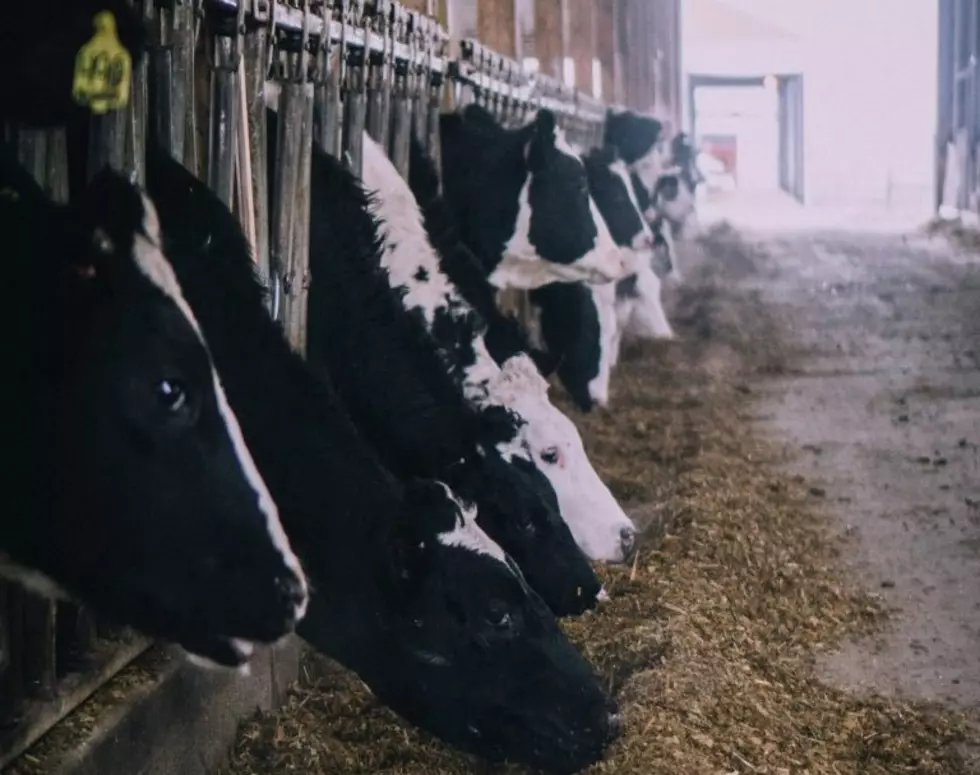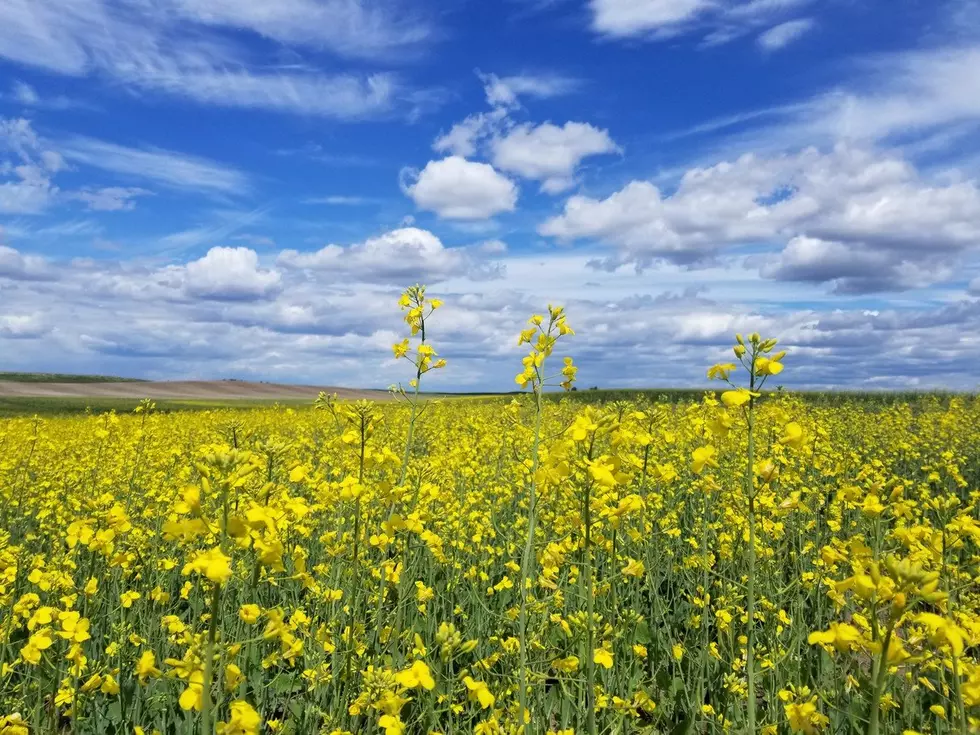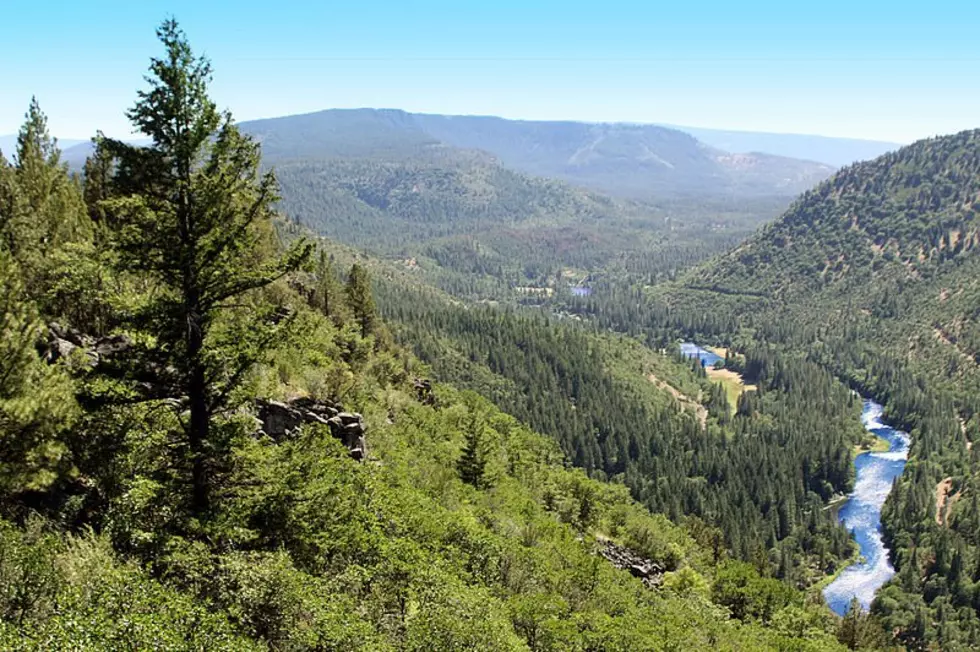
How Can You Protect Your Yard Vegetation This Summer?
We’ve seen them across the state - patches of brown trees or shrubs on the side of the road or in what is typically a lush forest.
“With the hot, dry summers we’ve had over the last number of years, and prolonged drought in some very droughty locations in eastern and southern Oregon, plants that traditionally used to do okay without being watered are having issues," said Weston Miller, a Horticulturist with Oregon State University Extension. He added even Douglas Fir and Western Red Cedar are suffering.
So what does that mean for your yard?
New plants he said should get water every week through the summer, make sure they get a good soaking, preferably in the morning, and lay down 3" to 5" of mulch to help plants retain that moisture.
“If you do see plants going brown, that’s a good sign that they need help. Some plants will survive it, but others not so much. Like arborvitae- once they start to go brown, they’re not going to ever come back.”
As for your lawn, Miller said you can let it go brown, and it should come back in the fall when rain returns.
For more of our conversation with Miller, and for additional ideas on keeping your vegetation looking good this summer, PNWAg.net
If you have a story idea for the PNW Ag Network, call (509) 547-1618, or e-mail glenn.vaagen@townsquaremedia.com
More From PNW Ag Network









